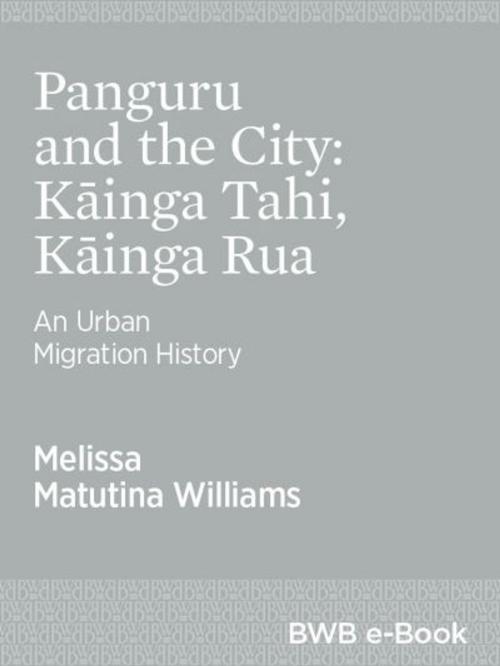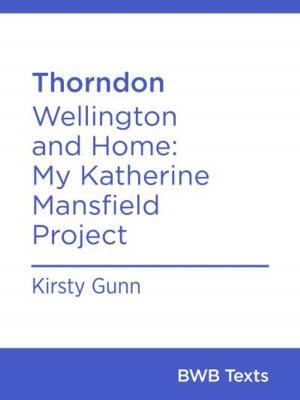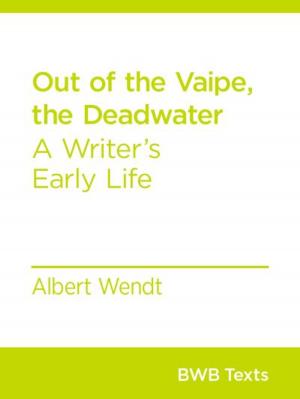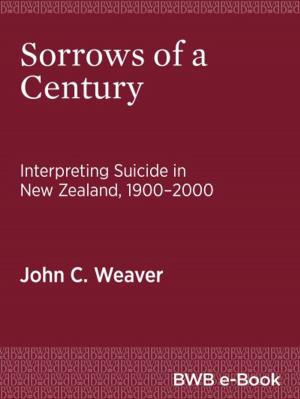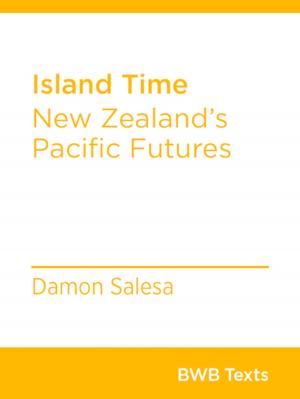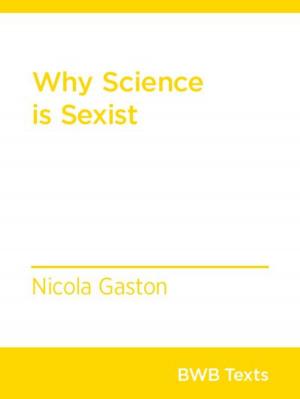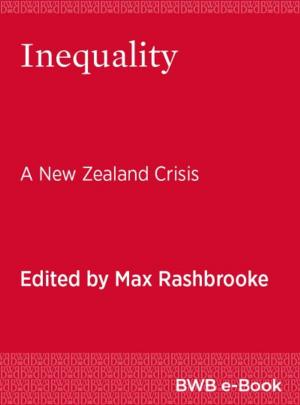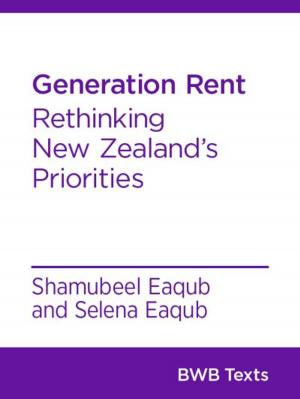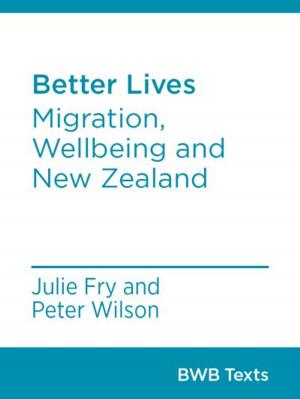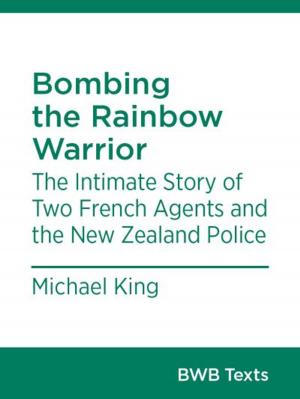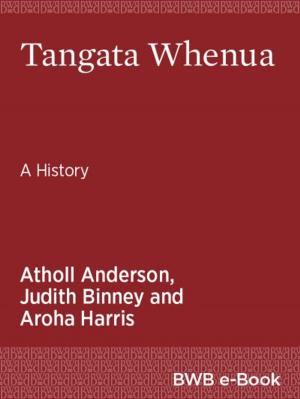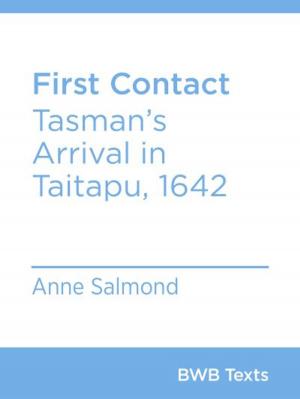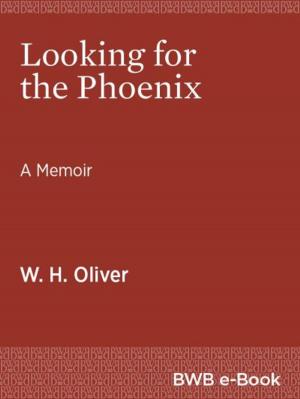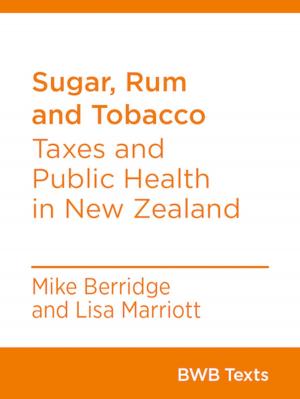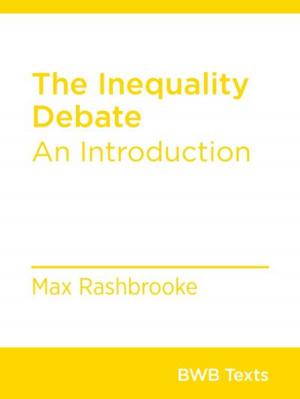Panguru and the City: Kāinga Tahi, Kāinga Rua
An Urban Migration History
Nonfiction, History, Australia & Oceania, Modern, 20th Century| Author: | Melissa Matutina Williams | ISBN: | 9781927247952 |
| Publisher: | Bridget Williams Books | Publication: | December 29, 2015 |
| Imprint: | Language: | English |
| Author: | Melissa Matutina Williams |
| ISBN: | 9781927247952 |
| Publisher: | Bridget Williams Books |
| Publication: | December 29, 2015 |
| Imprint: | |
| Language: | English |
Travelling from Hokianga to Auckland in the middle decades of the twentieth century, the people of Panguru established themselves in the workplaces, suburbs, churches and schools of the city. Melissa Matutina Williams writes from the heart of these communities. The daughter of a Panguru family growing up in Auckland, she writes a perceptive account of urban migration through the stories of the Panguru migrants.Through these vibrant oral narratives, the history of Māori migration is relocated to the tribal and whānau context in which it occurred. For the people of Panguru, migration was seldom viewed as a one-way journey of new beginnings; it was experienced as a lifelong process of developing a ‘coexistent home-place’ for themselves and future generations. Dreams of a brighter future drew on the cultural foundations of a tribal homeland and past.Panguru and the City: Kāinga Tahi, Kāinga Rua traces their negotiations with people and places, from Auckland’s inner-city boarding houses, places of worship and dance halls to workplaces and Maori Affairs’ homes in the suburbs. It is a history that will resonate with Māori from all tribal areas who shared in the quiet task of working against state policies of assimilation, the economic challenges of the 1970s and neoliberal policies of the 1980s in order to develop dynamic Māori community sites and networks which often remained invisible in the cities of Aotearoa New Zealand.
Travelling from Hokianga to Auckland in the middle decades of the twentieth century, the people of Panguru established themselves in the workplaces, suburbs, churches and schools of the city. Melissa Matutina Williams writes from the heart of these communities. The daughter of a Panguru family growing up in Auckland, she writes a perceptive account of urban migration through the stories of the Panguru migrants.Through these vibrant oral narratives, the history of Māori migration is relocated to the tribal and whānau context in which it occurred. For the people of Panguru, migration was seldom viewed as a one-way journey of new beginnings; it was experienced as a lifelong process of developing a ‘coexistent home-place’ for themselves and future generations. Dreams of a brighter future drew on the cultural foundations of a tribal homeland and past.Panguru and the City: Kāinga Tahi, Kāinga Rua traces their negotiations with people and places, from Auckland’s inner-city boarding houses, places of worship and dance halls to workplaces and Maori Affairs’ homes in the suburbs. It is a history that will resonate with Māori from all tribal areas who shared in the quiet task of working against state policies of assimilation, the economic challenges of the 1970s and neoliberal policies of the 1980s in order to develop dynamic Māori community sites and networks which often remained invisible in the cities of Aotearoa New Zealand.
